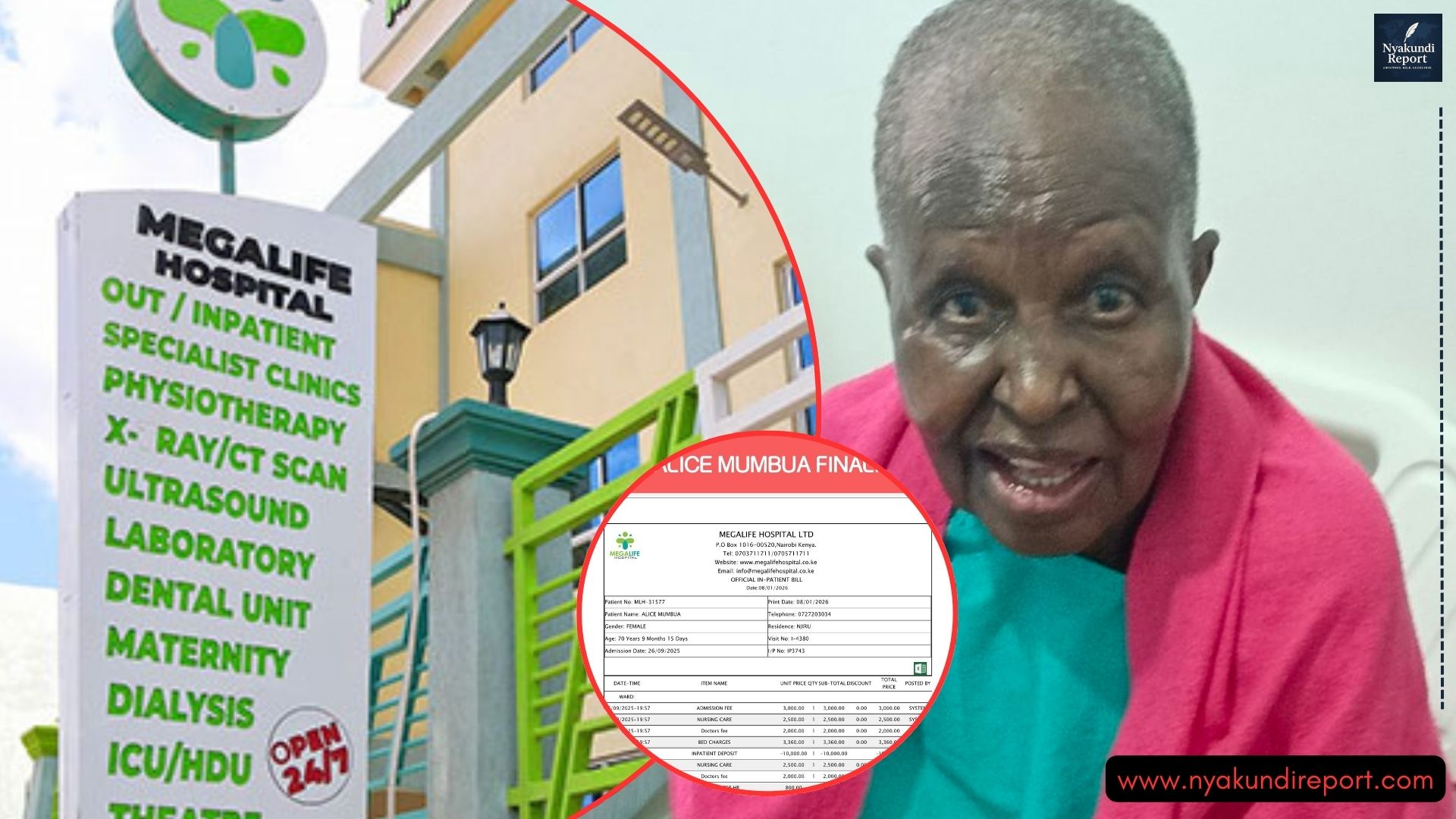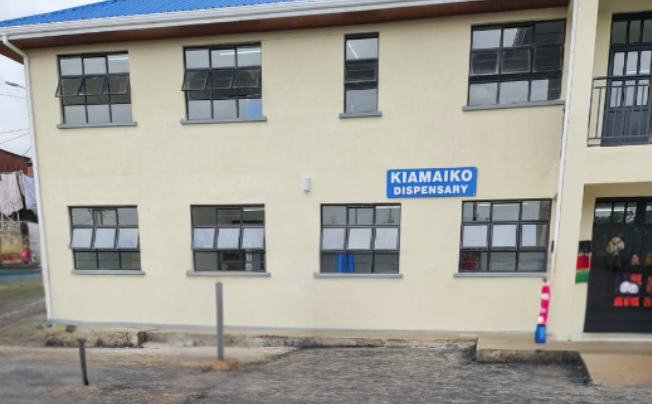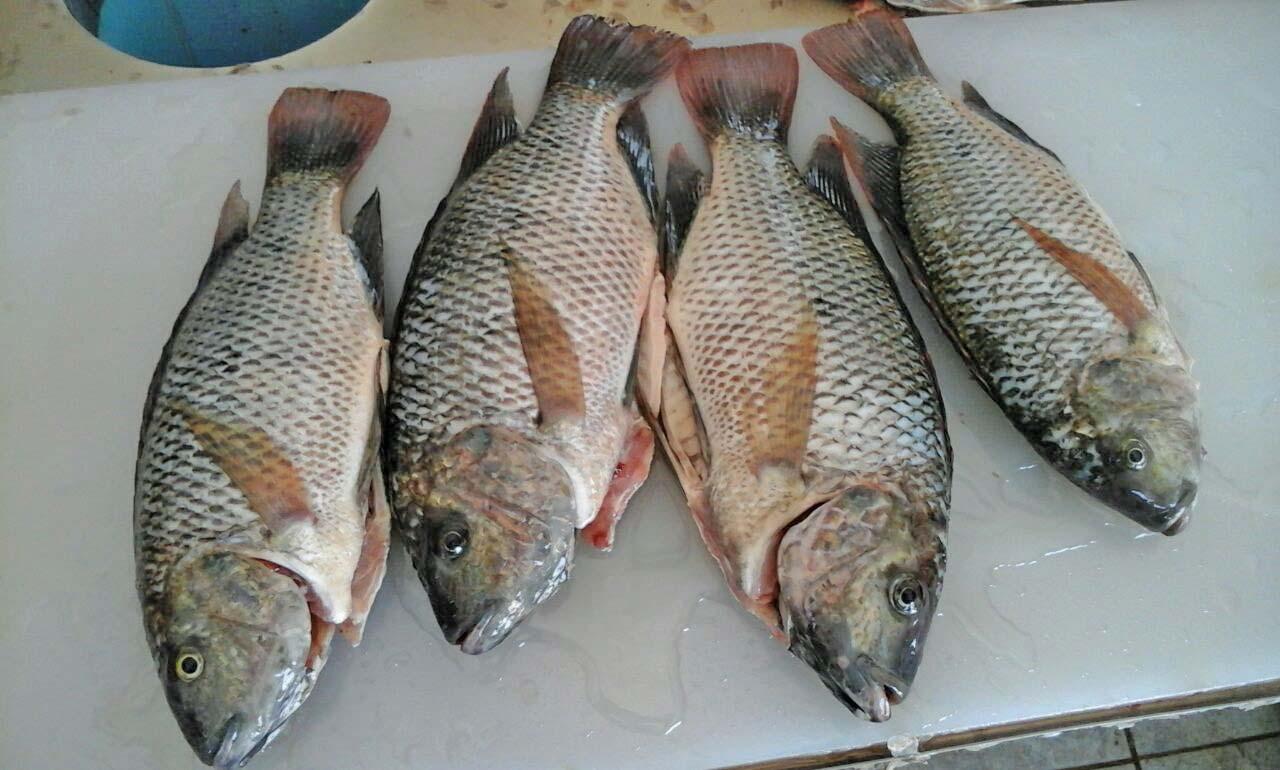French beans farming in Kenya is one of the most profitable horticultural ventures. Kenya is a top producer and exporter of French beans, especially to Europe. The crop is popular due to its short maturity period, high demand, and good income returns.
Leading production areas include Kajiado, Machakos, Kiambu, Kirinyaga, Nakuru, Thika, Uasin Gishu, and parts of Western Kenya. With the right climate, care, and market linkages, farmers can earn good money from this high-value crop.

Ideal Conditions for French Beans Farming In Kenya
French beans grow best in well-drained, fertile soils with a pH of 6.5 to 7.5. They thrive in areas with altitudes ranging from 1000 to 2100 metres above sea level. The crop requires moderate and well-distributed rainfall of about 900 to 1200 mm per year. Ideal temperatures range between 20 to 25°C.
Avoid planting French beans in waterlogged areas, as this can lead to root rot and poor yields. Proper site selection is critical to ensure the beans grow strong and healthy.
Choosing the Right French Beans Variety
Different varieties perform differently depending on the region and market needs. Some are suitable for export due to their fine size and quality. Others suit local markets. Here are popular French bean varieties in Kenya:
- Samantha
- Monei
- Amy
- Cupvert
- Bronco
- Teresa
- Super Monei
- Claudia
- Tokai
- Paulista
- Texas
- Expadia
- Julia
- Loby
- Gloria
- Tonivert
- Morgan
Before planting, consult with a certified seed supplier or agricultural officer to identify the best variety for your area and target market.
Proper Planting Techniques
Start planting at the beginning of the rainy season since French beans need plenty of water. You can plant in single or double rows depending on land layout:
- Single rows: 30 cm between rows and 15 cm between plants
- Double rows: 60 cm between rows and 30 cm between plants
Use certified seeds at a seed rate of about 30 kg per acre. Always rotate your crops to prevent soil nutrient depletion and manage pests.
Apply DAP fertiliser during planting at the rate of 200 kg per hectare. During top dressing, use 100 kg of CAN fertiliser per hectare. Use foliar feeds such as Bayfolan every two weeks to boost plant health and pod development.
Weed and Pest Management
Weeds compete with French beans for water and nutrients. Weed your field regularly, especially during the early stages.
Watch out for pests like aphids, thrips, and bean flies, which damage leaves and pods. Fungal diseases like rust and powdery mildew are also common in humid areas.
Use recommended insecticides and fungicides, but always follow safety measures to avoid residue issues, especially if targeting the export market. Regular inspection and early action can help prevent major losses.
Harvesting and Expected Yields
French beans mature 45 to 50 days after planting. Fine beans can be harvested twice a week, while extra-fine beans may require harvesting up to three times a week.
Use clean hands or tools to pick the pods carefully. Do not damage the plant, as it will continue producing more pods for weeks.
On average, an acre can yield between 4000 to 6000 kilograms of French beans, depending on variety, care, and weather conditions.
Marketing Your French Beans
Kenya mainly grows French beans for export. Most exporters have ready markets in Europe. If your beans meet export standards, you can sell to leading companies that buy in bulk.
Local demand is also growing. Local retailers and open-air markets offer a price of around Kshs 100 per kilogram. However, prices can vary depending on season and supply.
Major French Beans Buyers in Kenya
Here are some of the key buyers and exporters in the country:
- Vegpro Kenya
Contact: 020 552 506 - Kenya Horticultural Exports Ltd
Contacts: 0703 471 417, 020 251 7979 - French Produce Exports Association
Contact: 0713 516 555 - Homegrown Kenya Ltd
Contact: 020 387 3800 - Everest Limited
Contacts: 020 314 2009 / 020 622 4142
Reach out to these companies for contract farming opportunities or to find out their buying terms and conditions. Always seek guidance from extension officers and experienced farmers for better results.






































